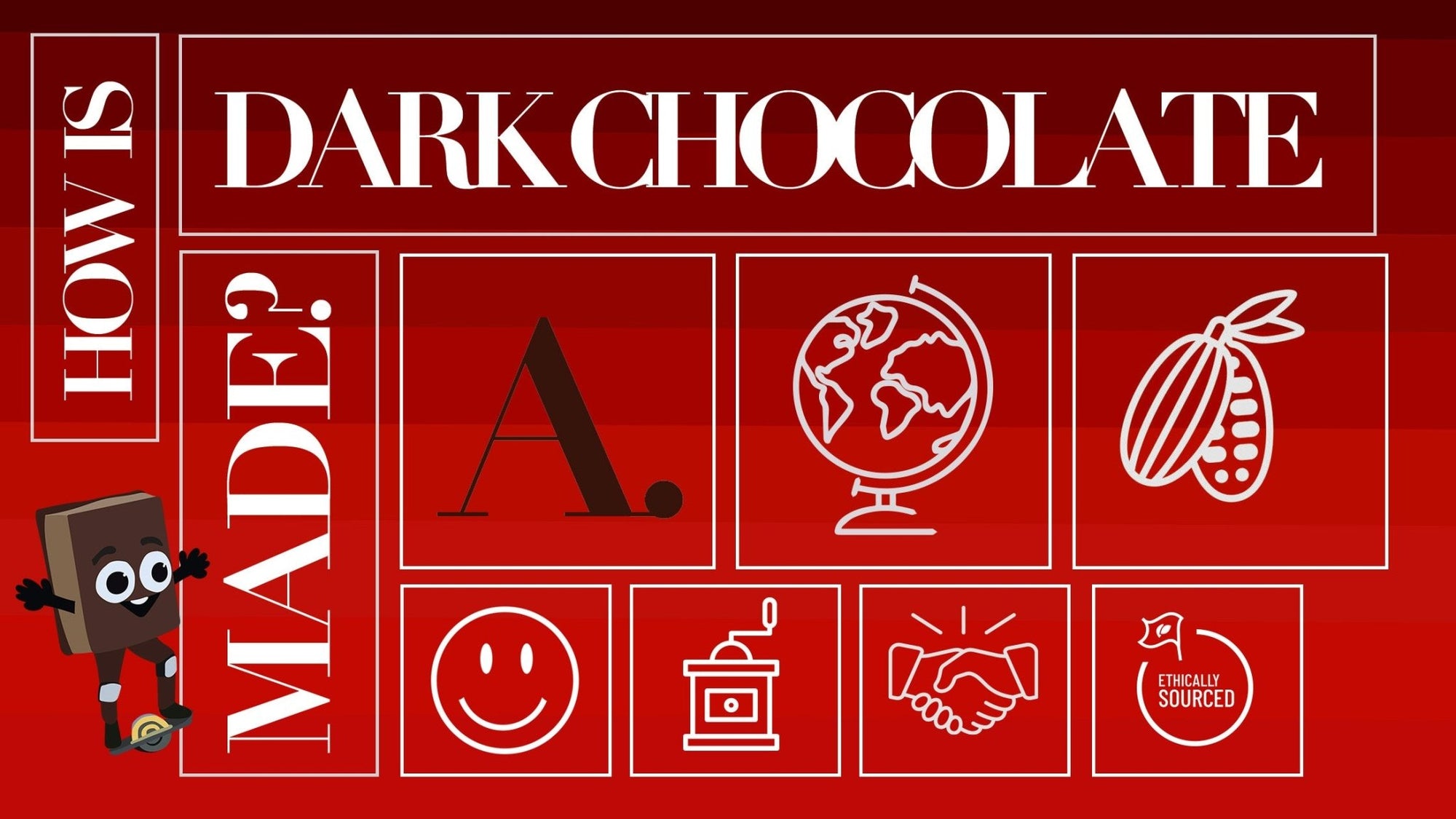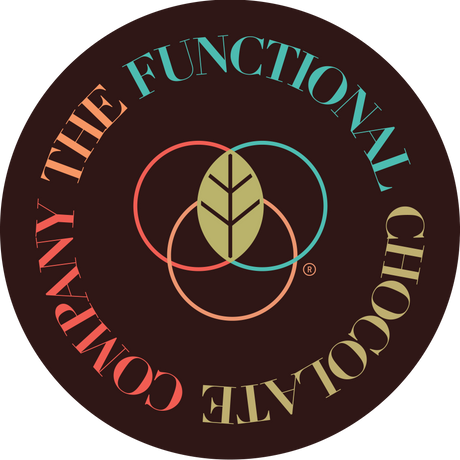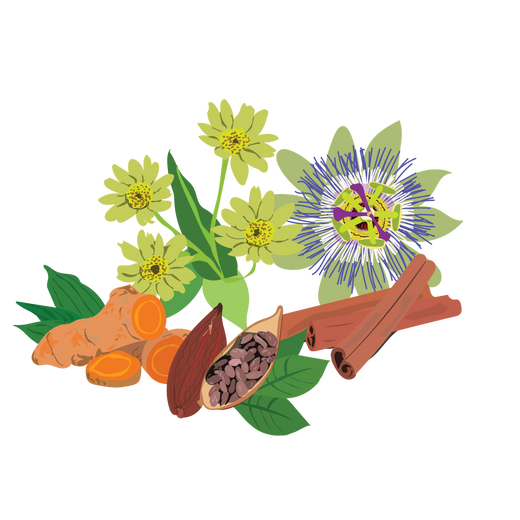

How is Dark Chocolate Made? And Why You Should Only Buy Ethically Sourced Chocolate
In the US, October 28th marks National Chocolate Day. We’re recognizing this special day with some Chocolate 101 to get you in the mood for one of America’s favorite treats.
This article provides a brief history of chocolate, how it is made, the key differences between milk and dark chocolate, and lastly, why purchasing ethically sourced chocolate is vital.
A Brief History of Chocolate
Chocolate has been recognized as a delicacy and nutraceutical since ancient times. Centuries before the Mayans declared it the “Drink of the Gods,” the Olmec people turned beans from the cacao tree into chocolate, which they drank as a part of their rituals and for its medicinal properties. Both the Mayan and Aztec civilizations followed in their path and used chocolate as a ceremonial drink.
Chocolate made its way to Spain in the 1500s and quickly became popular amongst members of the Spanish Court. As other European explorers traveled through Central and South America, they also encountered chocolate and brought it back to their own countries. By the late 1500s, it was being exported and incredibly popular across Europe. Chocolate came to the American colonies in the 1600s, where it also rapidly grew in popularity.
Plantations sprouted up throughout the region to accommodate European and American demands and were run by enslaved people.
How Chocolate is Made
Dark chocolate is made through an intricate process.
First, seeds are harvested from the cacao tree and fermented. After fermentation and drying, the beans are exported and roasted by chocolatiers. The shells are removed, leaving cocoa nibs, which are ground down into cocoa mass. This process releases cocoa butter from the nibs and creates a chocolate liquor. While the chocolate is grinding, sometimes for days, additional ingredients are added, like sugar, milk powder, vanilla, and occasionally extra cocoa butter. Lastly, the chocolate is tempered to create the texture needed to make chocolate bars.
The Difference Between Milk Chocolate and Dark Chocolate
While many mass-produced high-sugar chocolate bars are considered unhealthy, dark chocolate is recognized as a healthy treat due to its high levels of antioxidants and flavanols. For these reasons, many consumers prefer to enjoy dark chocolate as a guilt-free pleasure.
Because milk chocolate contains milk solids, which dark chocolate does not, it doesn’t have as much cocoa as its darker counterpart. This means milk chocolate doesn’t have as high of a concentration of the healthy compounds found in cocoa.
Why the Sourcing of Cocoa Matters
Because chocolate is such a popular commodity, many companies use unethical practices to remain competitive. When shopping for a healthy chocolate bar, it is essential to check where a company sources its cocoa. If a company is not transparent about its sourcing process, that is a red flag.
Companies that work with local farmers to support sustainable farming practices ensure that the product you consume does not result in the exploitation of others, such as child workers.

